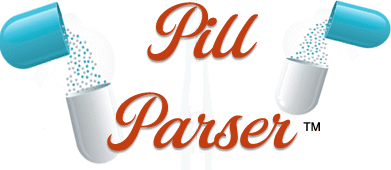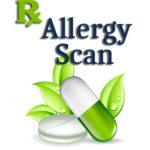1️⃣ Intro: Why Reading Labels Matters
Most medication labels are packed with information — but not all of it is easy to understand. Knowing where to find active and inactive ingredients can protect you from allergens and help you take medications safely.
2️⃣ The Main Parts of a Medication Label
You can present this as either text or a labeled image diagram (later we can make one for you).
| Section | What It Tells You | What to Look For |
|---|---|---|
| Brand & Generic Name | The medicine’s official names | Both may appear; always verify the active ingredient |
| Dosage Strength & Form | How much and what type (tablet, capsule, suspension) | Confirms you have the right formulation |
| Active Ingredients | The chemical(s) that treat your condition | Identical across brand and generic |
| Inactive Ingredients | Fillers, binders, colorants, and coatings | May differ between brands; check for allergens |
| Manufacturer / Distributor | Who made or packaged the product | Useful when comparing generics |
| Lot Number & Expiration Date | Traceability and safety info | Never use expired products |
| Storage Instructions | Temperature or moisture limits | Ensures potency and stability |
3️⃣ Where to Find Inactive Ingredients
-
On prescription labels, they may appear on the leaflet or package insert.
-
On over-the-counter boxes, they’re usually under a heading like Inactive ingredients near the bottom panel.
-
Manufacturers often abbreviate or rename compounds — that’s where PillParser helps clarify the real meaning (e.g., anhydrous lactose → milk-derived).
4️⃣ Understanding Common Terms
| Label Term | Meaning |
|---|---|
| USP | United States Pharmacopeia grade — purity standard |
| Rx Only | Prescription required |
| NDC | National Drug Code — unique product identifier |
| Lot | Batch number used for recalls |
| Inactive ingredients | Non-medicinal components |
| Contains | Lists key ingredients that may trigger allergies |
5️⃣ How PillParser Makes Labels Easier
PillParser decodes ingredient names into plain language.
Instead of scanning a confusing list like “anhydrous lactose, FD&C Red 40, magnesium stearate,” you’ll see:
“Milk-derived filler, red dye, tablet lubricant.”That makes it simple to spot allergens, compare products, and discuss safe alternatives with your pharmacist.
6️⃣Closing Paragraph
Reading medication labels shouldn’t feel like deciphering chemistry.
PillParser translates complex ingredient data into clear, actionable insights — so you can take medications with confidence and avoid preventable allergic reactions.


